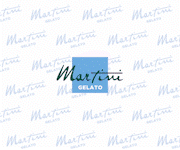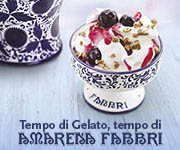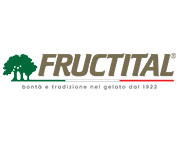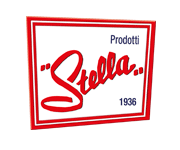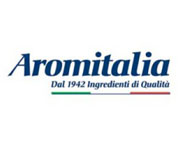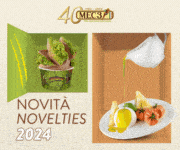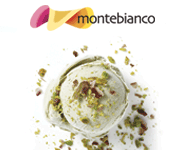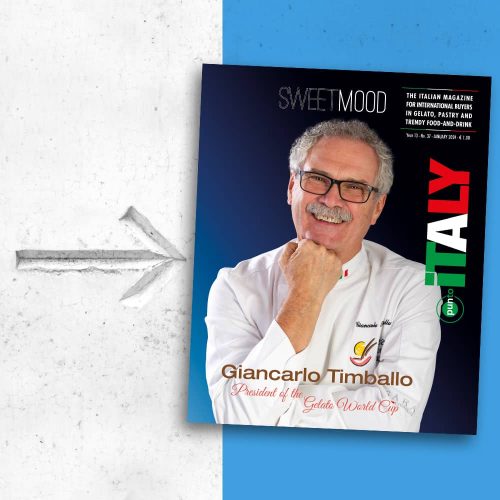History and traditions

Limoncello is a very aromatic natural alcoholic infusion obtained by macerating the peels in alcohol.
As a digestif you can drink it at the end of lunch, very cold just out of the freezer. You can also use it as an ingredient in cocktails, in confectionery, as an aroma for flavouring sweets or for soaking babas.
Limoncello lemon cream is often used as a filling for profiteroles. Indeed, no part of the lemon is thrown away, even the leaves can be used for food, to wrap scamorza and mozzarella cheeses before roasting them on the grill.
Culture and gastronomy
Lemons, lemons, lemons… like the one painted by Edouard Manet or those represented in the paintings of the Flemish and Dutch school. But above all the sea, a sea that had already fascinated the Greeks, who considered it the home of the Sirens.
The Sorrento coast has become an inspiration for several masterpieces of pictorial and literary art. In particular, Sorrento was one of Goethe’s stops on his trip to Italy. It was chosen as a residence for long periods by many
Russian writers, including Gorky. Furthermore, many celebrities have chosen it as a destination to spend their holidays. How can we forget the summer spent here by Marylin Monroe and Jack Lemmon or the films shot by Sofia Loren?
The tenor Caruso drew his inspiration from its landscapes, aromas and colours.
Sorrento is a timeless luxury that never grows old.
Nebulous origins
Limoncello’s origins are shrouded in mystery.
It seems that it was born in the early 1900s in a small guest house on Azzurra Island in the stretch of sea between Capri and the Sorrento peninsula.
But some say that limoncello was a drink enjoyed in the morning by fishermen and farmers to beat back the heat of summer days.
Still others claim that it was invented in monks’ convents. It is certain that its paternity is claimed by natives of Sorrento, Amalfi, and Capri.
The main ingredient is lemon. The cultivation of citrus fruits was brought to Italy by the Arabs, and since then these plants have become typical of the Amalfi Coast.
Amalfi lemons, like those of Sorrento, are valued for their thick peel which is much sought after for liqueurs.
The best limoncellos are made with massese (or “femminiello”) and sfusato varieties of lemon.
The former has a round shape and is cultivated in Sorrentino, while the latter has a more elongated shape and is grown in the Amalfi area.

Made in Sorrento
Sorrento limoncello is obtained by cold infusion of peels from the “Sorrento Oval” lemon species, which has obtained the European certification of product with Protected Geographical Indication (PGI). In 2008 the liqueur that uses this type of lemon also obtained a similar recognition and for this it is called: “Sorrento Lemon Liqueur”.
The lemon has a rather thick peel, acidic juice, and an intense aroma produced by its essential oils.
The plants are grown under the “pagliarelle”, straw mats supported by poles.
Amalfi Coast
Terraces overlooking the sea, vineyards that alternate with lemon groves. This is the Amalfi coast, praised in every language. Here you can taste the flavours of a simple and genuine cuisine and pastry, often featuring the Amalfi lemon, originally called “citro”.
The “sfusati” variant in particular is grown on the terraces and in the gardens of Positano, Amalfi, and Praiano. With their elongated elliptical shape and smooth, yellow peel, they are similar to the citron. They have a very intense flavour, few seeds and plenty of juice.
The cultivation takes place under scaffolding of chestnut poles to protect them from bad weather.
Ligurian limoncino
From its western border to the Cinque Terre, since the 1600s and 1700s Liguria has been populated by lemon groves that make it possible to produce fresh, delicate limoncino that can be enjoyed with canestrelli, traditional Ligurian cookies.
Excellent for preparing a slush with crushed ice and mint. It was even celebrated by the poet Eugenio Montale in I Limoni:
“When one day, through a half-closed door among the trees of a court, we saw the yellow of the lemons; and the chill in our hearts was dispelled, and the sunny golden trumpets resounded in our chest”.
Lemons in the kitchen
For their aroma: use the rind without the white part, whole or grated.
For example, to prepare a risotto, never use lemon juice but rather zest from the rind.
For their acidity: use the juice and pulp, together or separated.
The lemon pulp must be supremed.
For their consistency: we use the rind to supreme, getting the rind with the white part.
Recent Blog Posts
 Medac and AIFA: Hip hip hooray for Charles!
Medac and AIFA: Hip hip hooray for Charles! Sigep 2024 - Carpigiani’s special events with a look at the “green” future of Gelato and pastry
Sigep 2024 - Carpigiani’s special events with a look at the “green” future of Gelato and pastry Maurizio Manzi, as Ambassador for AIG, at the Melbourne Italian Festa
Maurizio Manzi, as Ambassador for AIG, at the Melbourne Italian Festa Medac awarded with the EcoVadis gold medal
Medac awarded with the EcoVadis gold medal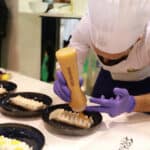 MIG Longarone and SIRHA Budapest: a new dynamic space for italian gelato
MIG Longarone and SIRHA Budapest: a new dynamic space for italian gelato Medac supports Alice Italian Food Academy
Medac supports Alice Italian Food Academy The Gelatissimo 2024 online ticket office is officially open.
The Gelatissimo 2024 online ticket office is officially open. Casa Optima Group looks for two exclusive agents
Casa Optima Group looks for two exclusive agents Gelatissimo 2024: here the first information
Gelatissimo 2024: here the first information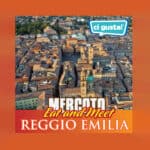 Ci Gusta opens a new store into the “Il Mercato Eat&Meet” in Reggio Emilia
Ci Gusta opens a new store into the “Il Mercato Eat&Meet” in Reggio Emilia

